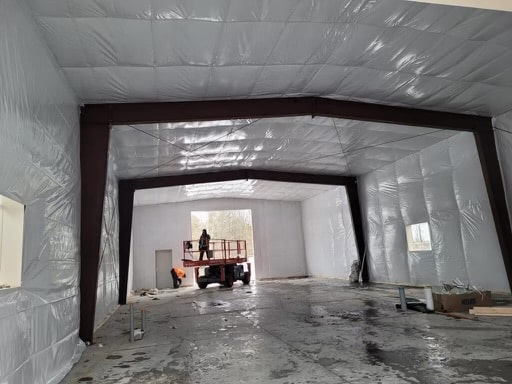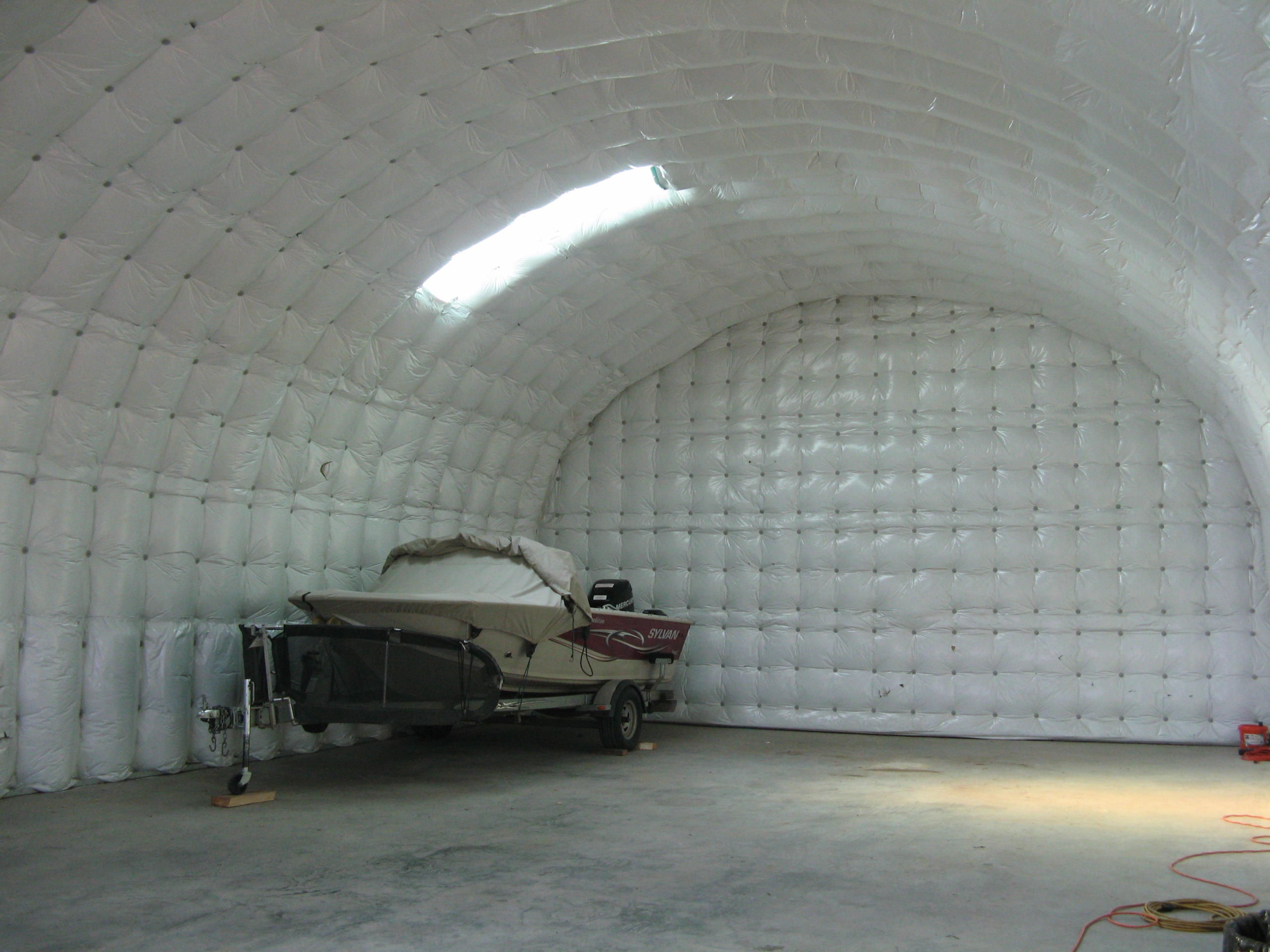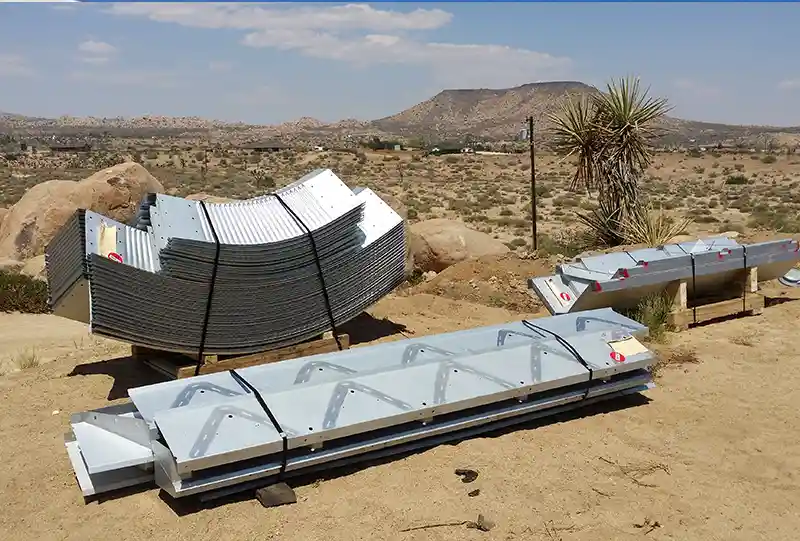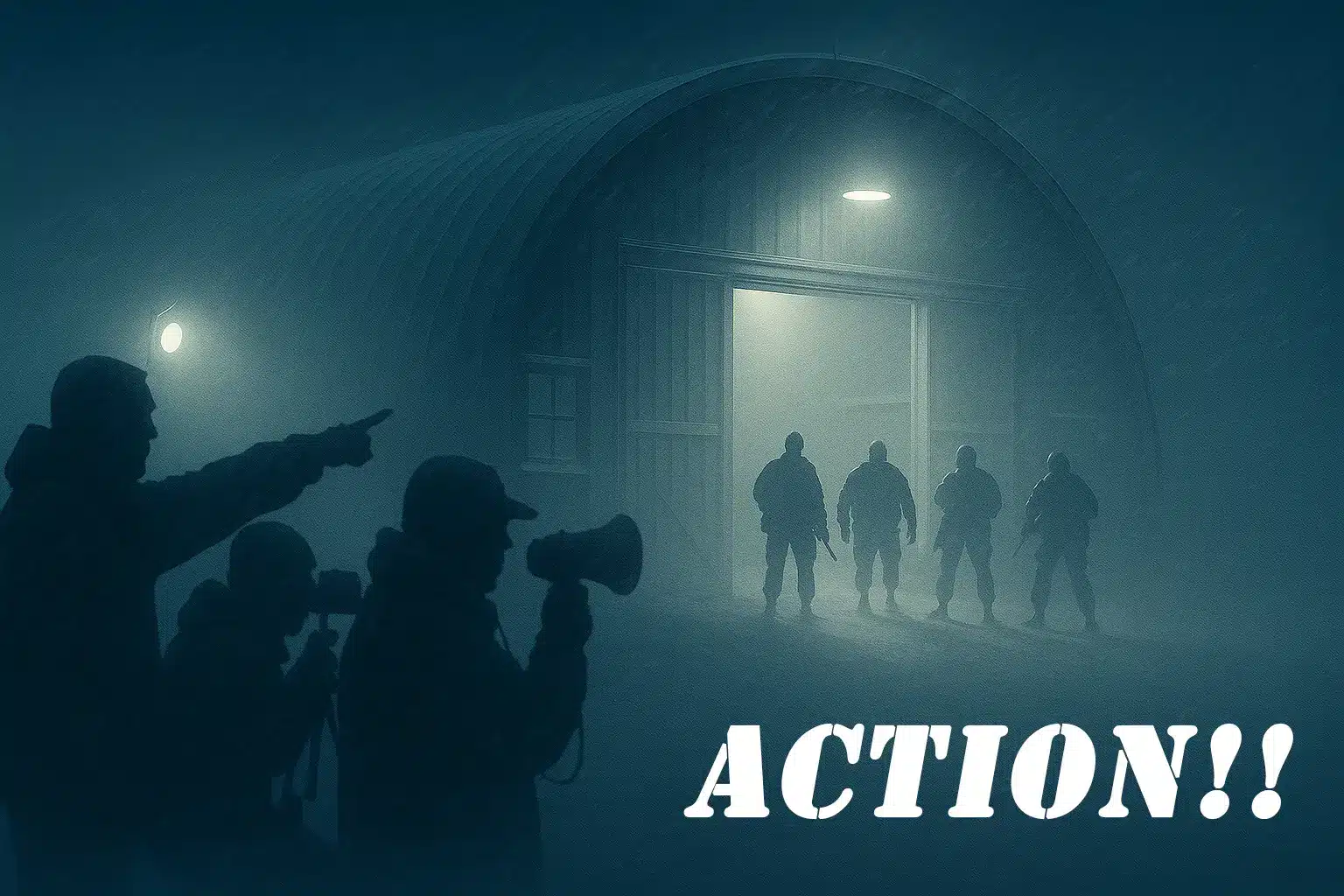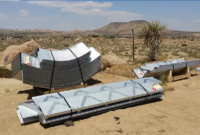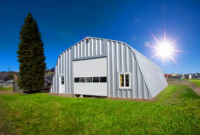7 Effective Ways to Prevent Condensation in Steel Buildings
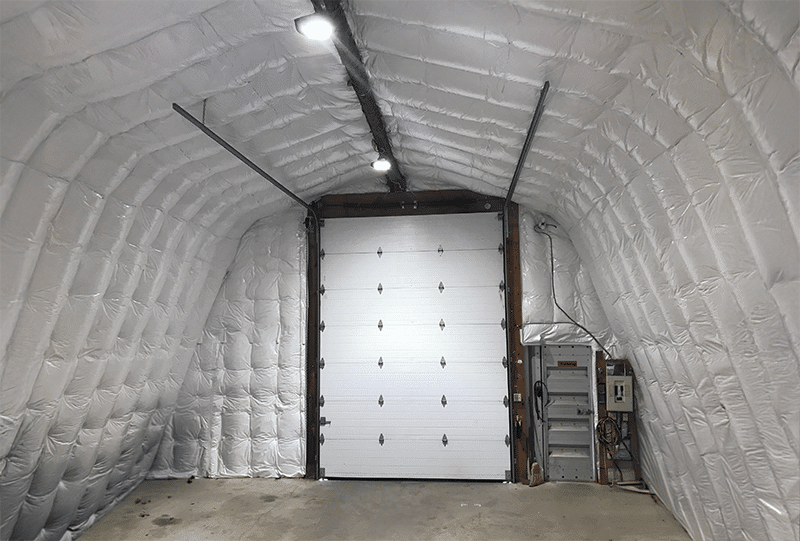
The Keys to a Moisture-Free Steel Structure
If you’ve ever dealt with a damp or musty steel building, you’re not alone. Condensation in steel buildings is a common issue that can lead to rust, structural damage, and even mold if left unchecked. It often happens when warm, moist air meets cooler steel surfaces, causing water droplets to form—like dew on grass.
But don’t worry—there are practical ways to tackle this issue! In this blog, we’ll walk you through seven proven methods to prevent condensation in steel buildings, so your space stays dry, durable, and comfortable.
1. Understand the Causes of Condensation
Before solving the problem, it helps to know why it happens. Condensation in steel buildings usually results from:
Identifying what’s contributing to the moisture in your steel building will help you choose the right solution.
2. Improve Airflow with Ventilation
Good airflow is key to managing condensation in steel buildings. Without it, warm, moist air has nowhere to go, increasing the risk of condensation. Here’s how to improve ventilation:
Think of ventilation as your building’s way of breathing—it’s essential for keeping things dry and fresh.
For more information, visit our Vents page.
3. Insulate to Control Temperature Fluctuations
Insulation is your first line of defense against condensation in steel buildings. By maintaining a more consistent temperature inside, it prevents warm air from cooling too quickly and forming condensation. Some of the best insulation options for steel buildings include:
Insulating your steel building doesn’t just stop condensation—it can also lower energy costs and make the space more comfortable.
For more information visit our Insulation page.
4. Use Vapor Barriers for Extra Protection
A vapor barrier is like a raincoat for your steel building. It’s designed to block moisture from getting in, and it works hand-in-hand with insulation to stop condensation in steel buildings.
Here’s where to install vapor barriers:
By keeping moisture out, vapor barriers provide an extra layer of protection against condensation.
5. Design Smart to Minimize Moisture Risks
The way your steel building is designed can play a huge role in preventing condensation. Some tips include:
Smart design choices make it easier to keep condensation in steel buildings under control.
For more information visit our Options and Finishes page.
6. Keep Up with Maintenance
Even the best-designed building needs regular care. Regular maintenance helps you stay ahead of potential issues with condensation in steel buildings. Be sure to:
A little maintenance goes a long way in keeping your building dry and in great condition.
7. Control Humidity Inside the Building
Managing the humidity level inside is one of the simplest ways to combat condensation in steel buildings. Try these strategies:
When humidity levels stay low, there’s less moisture in the air to cause problems.
Preventing Condensation: Your Path to a Better Steel Building
Dealing with condensation in steel buildings doesn’t have to be a hassle. With the right combination of ventilation, insulation, vapor barriers, smart design, and regular maintenance, you can keep your steel building dry, comfortable, and safe from damage.
Looking to build or upgrade your steel structure? We’re here to help you create a durable, condensation-free solution. Contact us today to learn more about designing a steel building that works for you!
Ready to get started?

Request a quote online. Visit our Clearance Buildings here.
Contact us today for a personalized quote and discover the benefits of a structure designed just for you.
If you are interested in a straight wall style of steel building, visit our sister company, Toro Steel Buildings.
Related posts

Latest Blogs
Your Future Building Has Arrived—Now What? A Practical Steel Building Maintenance Guide
Your Future Building Has Arrived—Now What? So, your[...]
Summer Deals on Steel Buildings
Summer Deals on Steel Buildings: Why Summer is a[...]
Hollywood’s Favorite Steel Building: The Pop Culture Rise of the Quonset Hut
The Pop Culture Rise of Quonset-Style Steel Buildings If you’ve[...]
How One Canadian Customer Transformed Their Business with a Future Buildings Quonset Hut! 🇨🇦
The Story of Emma and David: A Business Transformation[...]

